Bitcoin is a pioneer and a sensation in the volatile cryptocurrency scene, capturing the interest of investors, enthusiasts, and financial professionals alike. While the notion of Bitcoin and its ecosystem is exciting, there is one event that has played a big role in defining its ecology - the Bitcoin halving. We explore the subtleties of the halving event, studying its historical context and throwing light on its impact on cryptocurrency markets.
What is Bitcoin Halving?
The Bitcoin halving, also known as the "halvening," is a crucial event incorporated into the Bitcoin protocol's fabric. Halvings happen every four years and they reduce the rewards given to miners for validating transactions and protecting the Bitcoin network. The phrase "halving" refers to how these benefits are halved during this occurrence.
History
Satoshi Nakamoto, the enigmatic creator of Bitcoin, initially suggested the concept of Bitcoin halving in the cryptocurrency's whitepaper. The first halving took place in 2012 when the block reward was decreased from 50 BTC to 25 BTC per Bitcoin block. Post halving, other successive halvings occurred in 2016 (lowering prizes to 12.5 BTC) and 2020 (dropping rewards to 6.25 BTC). Each halving is scheduled to occur every 210,000 blocks mined.
Purpose
The fundamental goal of Bitcoin halving – similarly to how it happens with many other crypto halvings – is to keep Bitcoin scarce and to limit its issuance pace, meaning Bitcoin price will likely be affected by it. Bitcoin's rate of production lowers when the rewards for miners are reduced, making it a deflationary digital asset, and thus limiting Bitcoin inflation. This scarcity mechanism is based on the notion that as supply gets more constrained, demand may rise, affecting the value of each Bitcoin unit.
Why Miners Get Rewards?
Miners are essential to the Bitcoin network because they validate and add transactions to the blockchain. They are compensated for their efforts with newly created Bitcoins as well as transaction fees paid by users. These payouts encourage miners to invest in costly hardware, devote computational power, and safeguard the network.
What Will Happen if Bitcoin Miners Drop?
The fall in payouts caused by halving occurrences can provide difficulties for miners. Miners must optimize their processes to be lucrative when there are fewer Bitcoins to mine. If a large number of miners abandon the network owing to lower payouts, the network's security may be jeopardized. However, historical data shows that the network adapts to these changes and that miners continue to participate.
When is the Next Halving Event?
The most recent Bitcoin halving occurred in 2020, at the time of writing. The next Bitcoin halving dates are expected to occur around the year 2024, with subsequent halvings occurring roughly every four years. The cryptocurrency community is looking forward to this event since it is expected to have a significant impact on Bitcoin's value and the market as a whole.
Conclusion
Bitcoin halving events are much more than just watershed moments in the history of a cryptocurrency. They exemplify scarcity, technology, and economics. The regulated drop in rewards affects not only miners but also the broader Bitcoin economy. As Bitcoin evolves, these halving events will become increasingly important for anyone interested in the digital currency space.
FAQs
Will BTC halving increase Bitcoins price?
While historical patterns indicate that Bitcoin halving events have been linked to price increases, the relationship between halving and price is complex and influenced by a variety of factors. By looking at a Bitcoin halving chart one might try to understand BTC's expected price movements.
How many Bitcoin halvings are left?
There have already been three halvings, with a fourth set to occur around 2024. The block rewards will then become exceedingly minimal.
What date is the next Bitcoin halving?
The precise timing of the next Bitcoin halving is determined by the block production rate and mining speed. It is expected to happen around 2024, based on past trends.
What Happens If Bitcoins Run Out?
A total of 21 million Bitcoins will be in circulation. Once all have been mined, miners will only get transaction fees as incentives, significantly altering the network's incentive structure.
Do other cryptocurrencies also undergo halving?
Yes, halving events occur in a number of other cryptocurrencies, particularly ones based on the Proof of Work consensus process. Litecoin, for example, employs a halving method similar to that of Bitcoin.
How often Halving Occurs?
Bitcoin halving events occur every four years, or when 210,000 blocks are mined. This assures a gradual decrease in supply over time which is why many BTC enthusiasts almost seem to have a Bitcoin halving countdown.
This article was written by Pedro Ferreira at www.financemagnates.com.
You can get bonuses upto $100 FREE BONUS when you:
💰 Install these recommended apps:
💲 SocialGood - 100% Crypto Back on Everyday Shopping
💲 xPortal - The DeFi For The Next Billion
💲 CryptoTab Browser - Lightweight, fast, and ready to mine!
💰 Register on these recommended exchanges:
🟡 Binance🟡 Bitfinex🟡 Bitmart🟡 Bittrex🟡 Bitget
🟡 CoinEx🟡 Crypto.com🟡 Gate.io🟡 Huobi🟡 Kucoin.
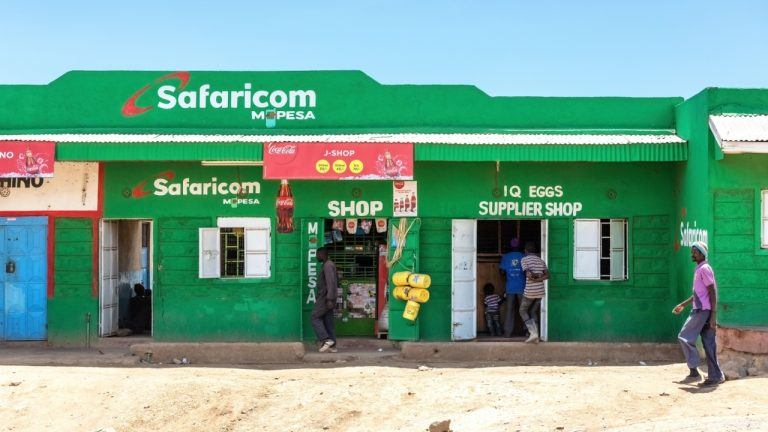




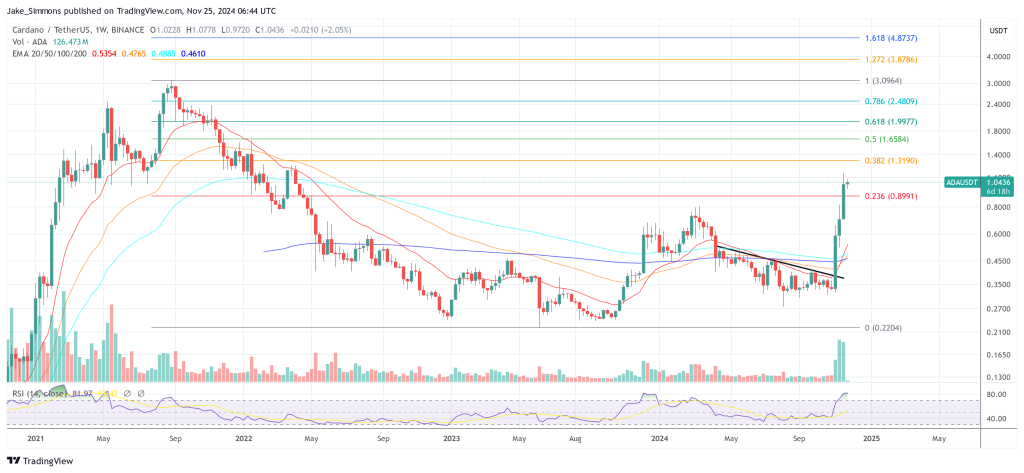
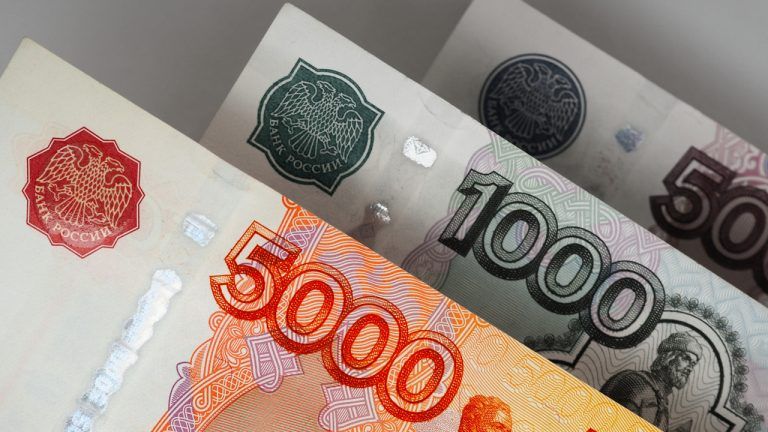
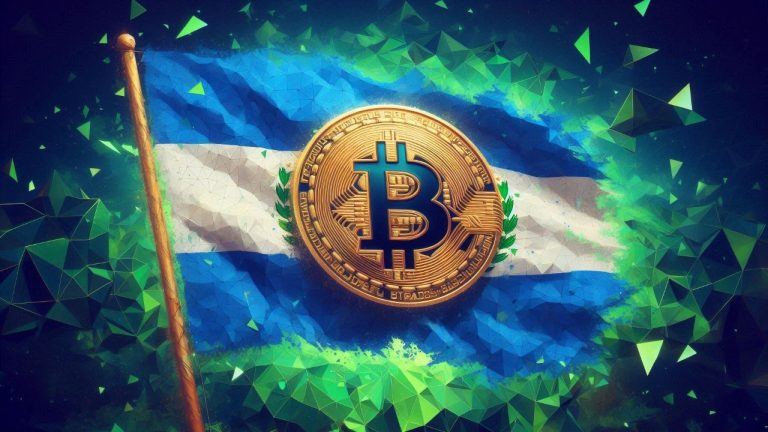





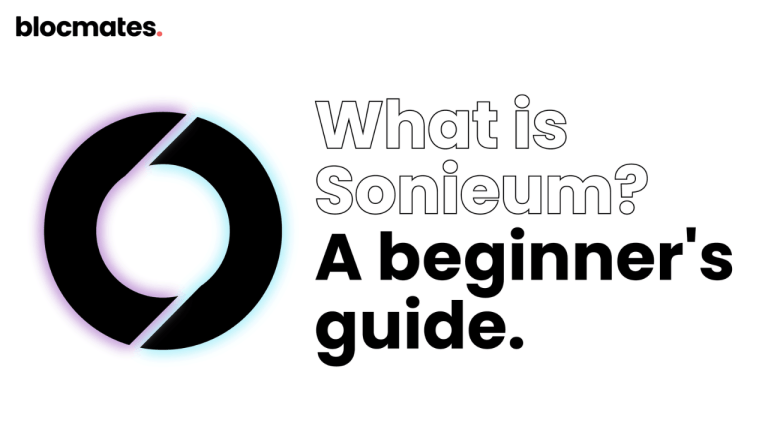






Comments